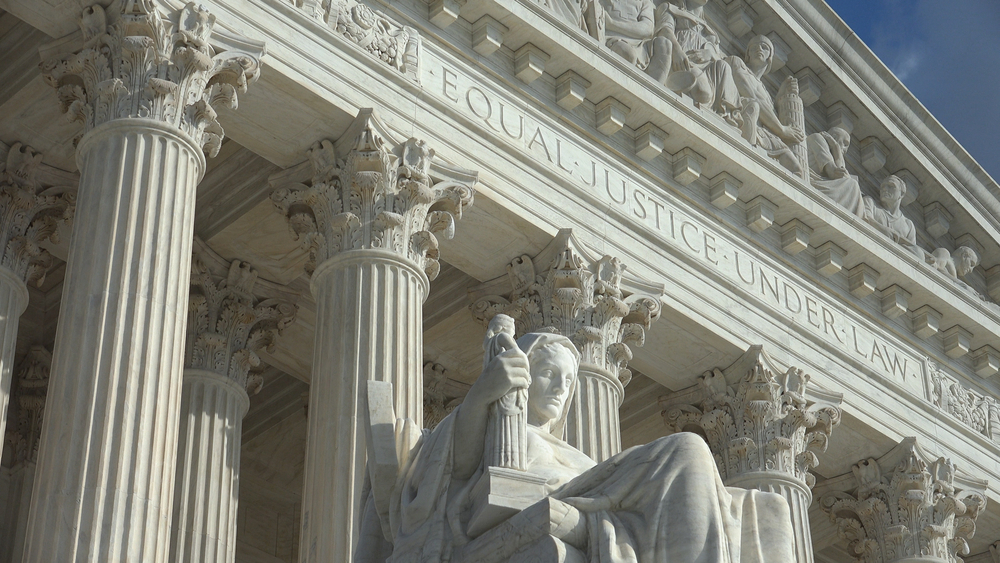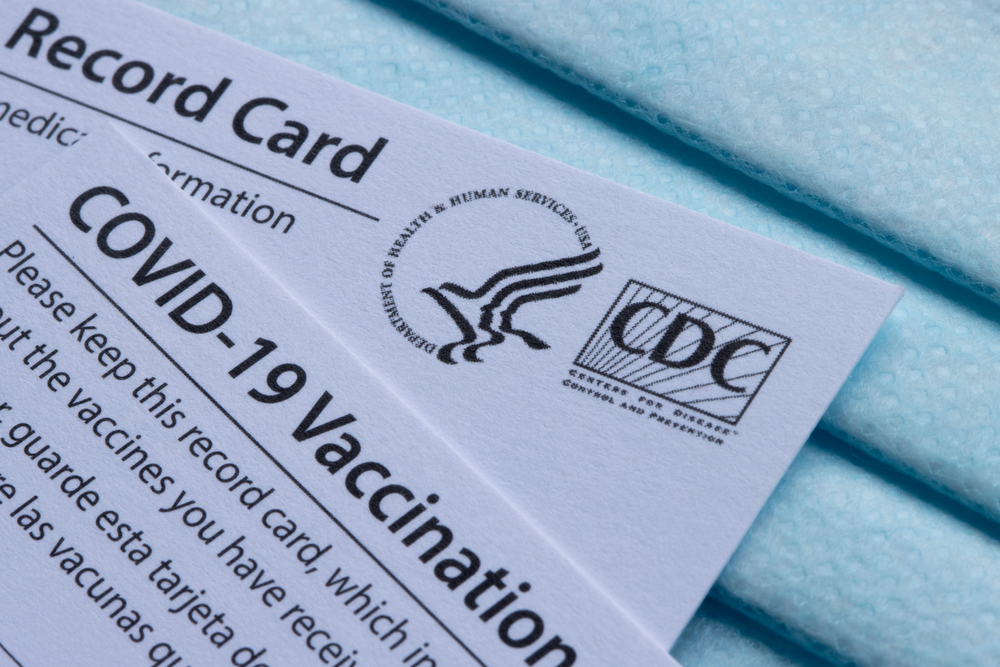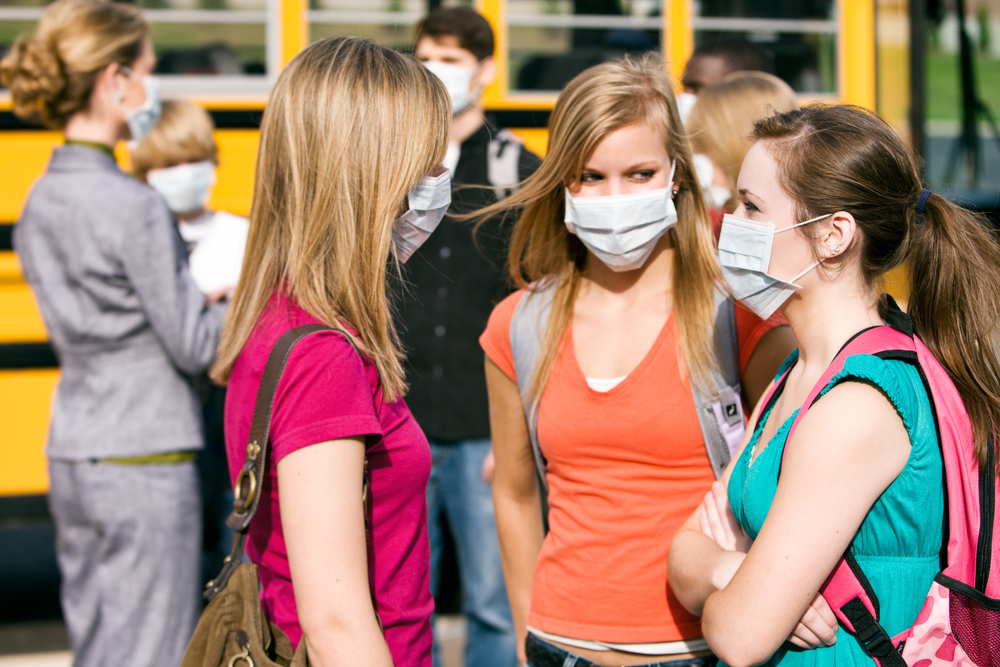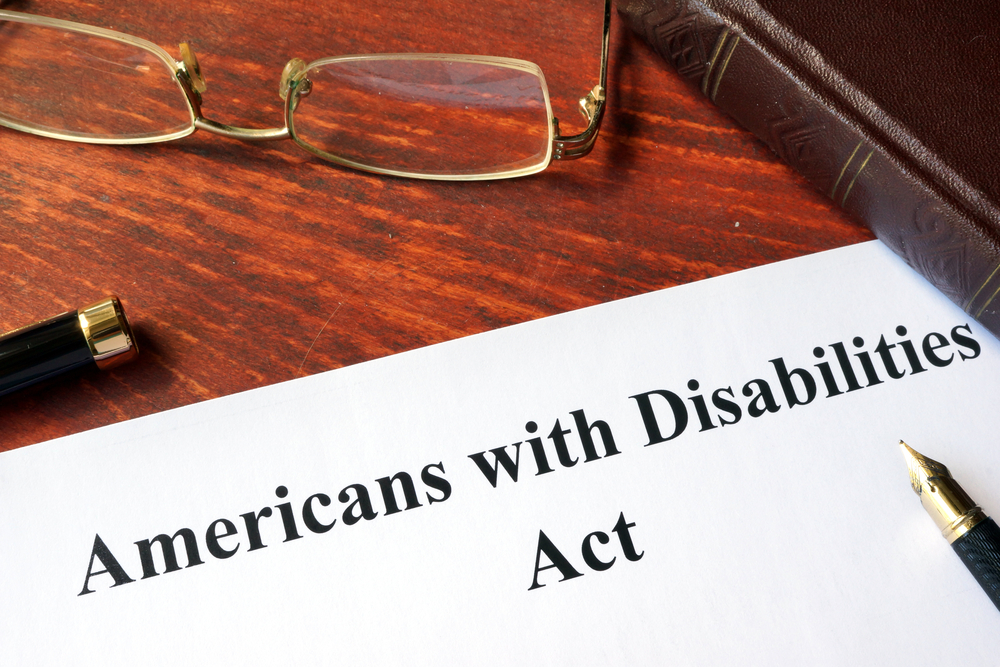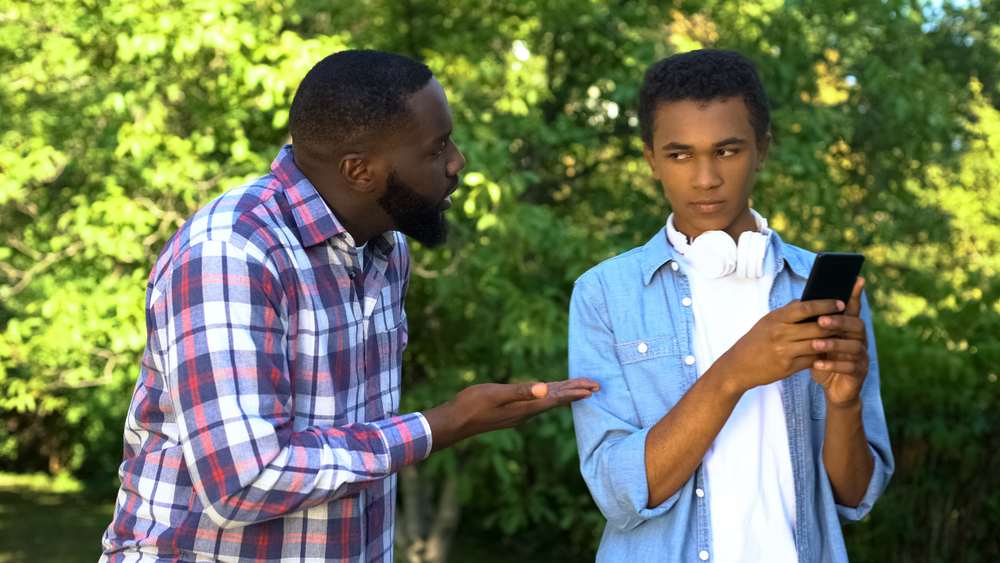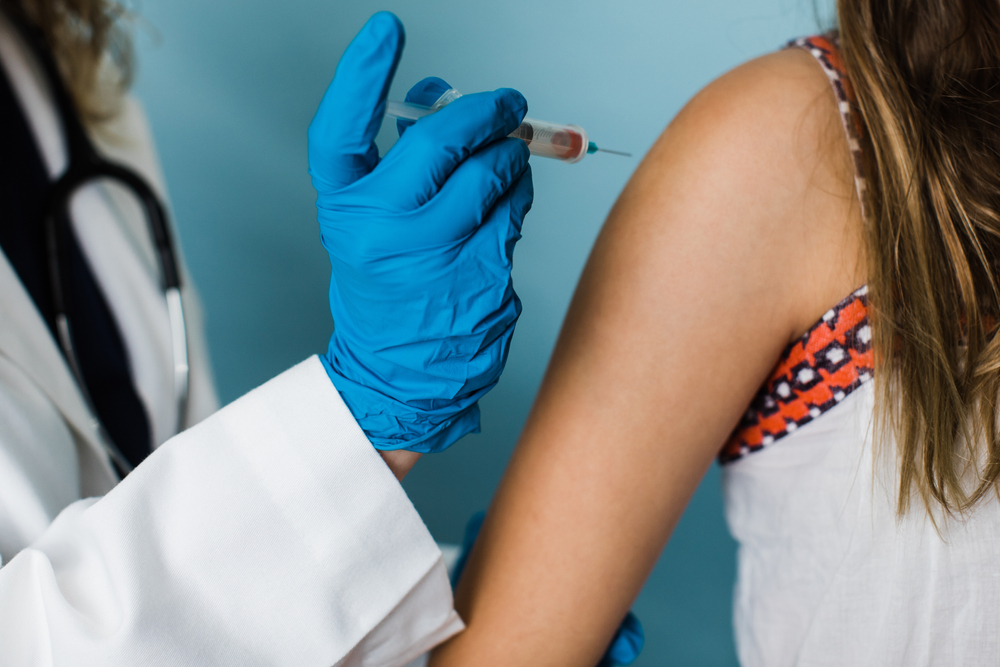Study: As jail releases increased during pandemic, Black inmates were left behind
A new study commissioned by the Council on Criminal Justice shows a disproportionate number of young black men jailed on felony charges remain incarcerated as jail populations changed in reaction to the pandemic.
The study focuses on the impact COVID-19 has on jail populations, overall, including bookings, releases and rebooking rates, said New York University Professor Anna Harvey, author of the study, with Orion Taylor, lead data scientist for the Public Safety Lab.

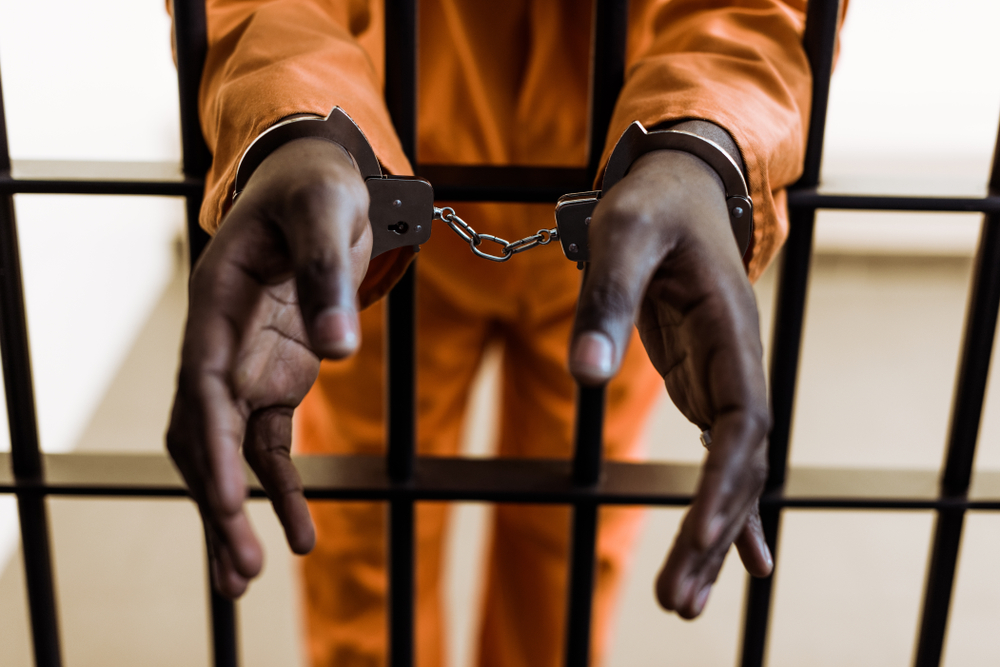
Harvey says the disproportion may result from release policies, an area she says needs more analysis.
“The reason they asked us to conduct the study is because there is no national source on real-time data on jails,” Harvey said. “The Bureau of Justice statistics reports once every five years. … And even then, it’s a one-day snapshot of how many people are in jail. So, what we started to do about a year ago, my lab and NYU is look at the jails that post daily jail rosters online. You can get names and birthdates, race and sex, charges and bond information and it updates every day.”
RELATED: Reduced prison sentences lead to deportation for hundreds
RELATED: Is coronavirus the new death penalty in America’s prisons?
NYU started working with those daily reports about a year ago and began pulling data as of February in a sample of 350 jails.
“For that set of jails, we had daily data on admissions and releases and demographics and charge information,” Harvey said. “We could see what was happening over time because of the pandemic. That is the heart of the report.”
The statistics showed that as jail populations decreased through the COVID-19 pandemic releases, the proportion of young black men remaining behind bars increased.
“The pandemic has come back, but one thing is very clear, if you look across the jail and at local COVID case growth,” she said, jails are now responding to that COVID-19 growth. ‘’There were some counties with explosive case growth and very little change in jail populations. Whatever is driving the decisions, it does not appear to be local COVID-19 case conditions.”
The New York City Police Department made about 13,000 arrests in March, a 30% decrease from the same month a year before, according to The Marshall Project. “While most people in the city were confined to their homes, the changes in arrest practices did not affect residents of all races equally. White people experienced the largest decreases in arrests, whereas arrests of Black and Hispanic people dropped at a much slower rate.”
Public defenders and criminal justice advocates argue that the inequality in arrests during COVID-19 “exhibits some long-existing patterns in law enforcement — black and brown communities are far more heavily policed than affluent white communities — police departments say what’s driving the numbers is more complicated.”
Tucson Assistant Chief Michael Silva said while he is not sure why there was a disparity in arrests during COVID-19, he does not believe it is driven by bias. For one, he said, his department decided to cut down on police-initiated arrests, such as traffic stops and stop and frisks, to minimize officers’ contact with the public.
That still does not explain the increase in young black males with felony arrests remaining behind bars longer.
In Harvey’s study, statistics show that people sitting in jail booked on felony charges increased significantly after March 16.
“But the portion who are men, who are 25 or younger and Black” are up. “What is happening as a result is the composition of jail populations is changing, becoming more male, younger and more likely to be Black.”
The Council on Criminal Justice is dedicated to understanding the impact of the coronavirus pandemic on criminal justice and to offering solutions to make an immediate impact on containing the spread of the virus, said Thomas Abt, senior fellow at the Council on Criminal Justice and director of the Commission on COVID-19 and Criminal Justice. And more broadly, it plans to offer a long-term agenda to the criminal justice system based on lessons learned.

“Dr. Harvey’s work is important because it helps the commission understand the impact of the pandemic on jail populations,” Abt said. “Her work is a crucial contribution. We cite her prominently in our interim recommendations and will release an updated version of her research in the near future.”
The commission plans to release its recommendations to the public on Dec. 15.
“There are a few key themes that the commission lays out to inform criminal justice leaders across the spectrum,” Abt said. “The first is the need to preserve public health, as well as maintain public safety. Those fields should work more closely together. Also, it is important to be fact- and science-based. While it is more difficult than ever before to identify and rely on authoritative guidance, it is out there in the Centers for Disease Control, the National Institute of Health, the World Health Organization and the Johns Hopkins Coronavirus Resource Center guidelines.”
The commission’s members strongly believe that to address COVID-19 requires a proactive approach.
“When uncontrolled, the virus spreads exponentially, growing slowly at first but then quickly spinning out of control,” Abt said. “We would urge public safety leaders to be very proactive and follow official guidance as a bare minimum that should be exceeded and not just met.”
This is also a time to look at who is being left in jail and why, Harvey said.
“We can see a couple of things. We do see some of this is due to changes in bookings,” she said. “We do see that the proportion of people booked on misdemeanor charges is falling. Whether or not that is because of fewer arrests or judges choosing options other than detention” is an unknown. “Fewer minor offenses were booked into jails during the pandemic. That changes the composition a little bit. Women are more likely to be booked on a misdemeanor.
“One we can’t explain, the one feature we can’t explain by changes in admission policies is race. Not the change in who is being booked into jail as a function of race, but the proportion of Black individuals among those being released falls. We currently don’t have an explanation for that. It is one of the troubling things we are reporting to the council that someone should look into to find out what is going on.”
While the council is focusing most on the pandemic and how jails react, including advocating for the most reliable methods possible for testing, it also supports actively engaging and considering all communities’ voices impacted by COVID 19.
“The decreases in the proportion of Black people among those released after March 16 are concerning,” the NYU study states. “We can also look at within-facility racial disparities in daily release rates. The daily release rate for Black people is defined as the proportion of Black people in a given facility who are released on a given day; the corresponding rate for white people is the proportion of white people in that facility who are released on the same day.”
During every two-week interval, white people were more likely to be released on any given day of the week than Black individuals in the same jail, the study shows. “There is suggestive evidence that racial disparities in release rates may have widened over time.”
Therein lies the need for more study, Harvey said.
“We don’t currently know why this is happening, the differences in release policies,” she said. “We can explain the change in the proportion of gender by looking at charges being booked. It is not true with race. Race and booking charges are not correlated.”









